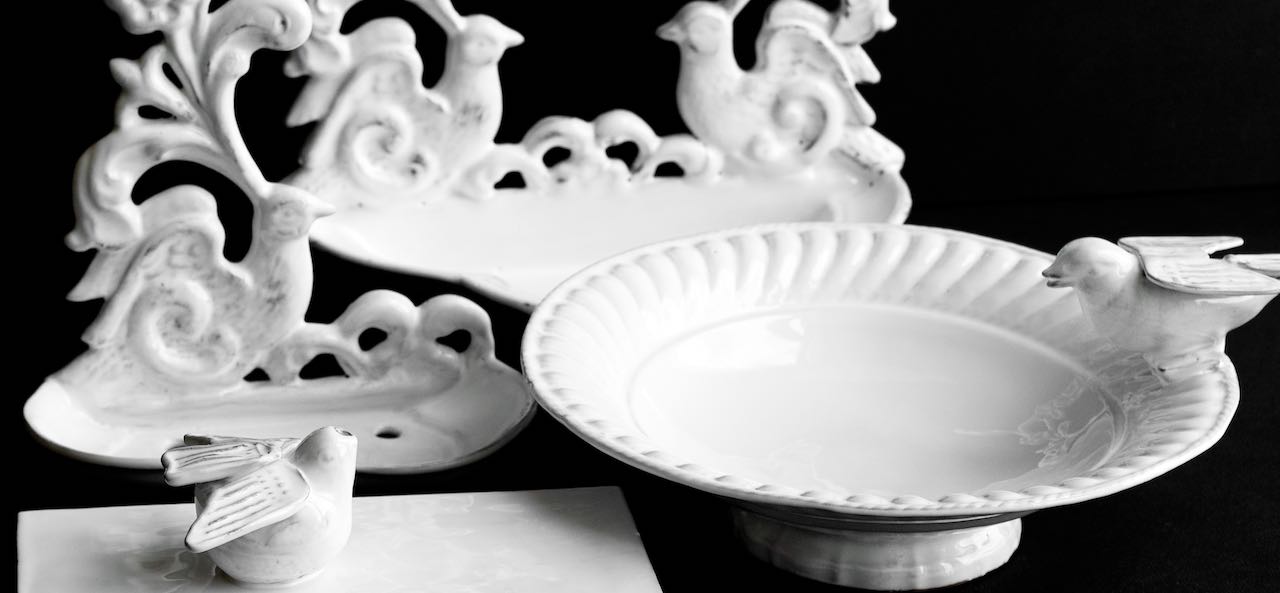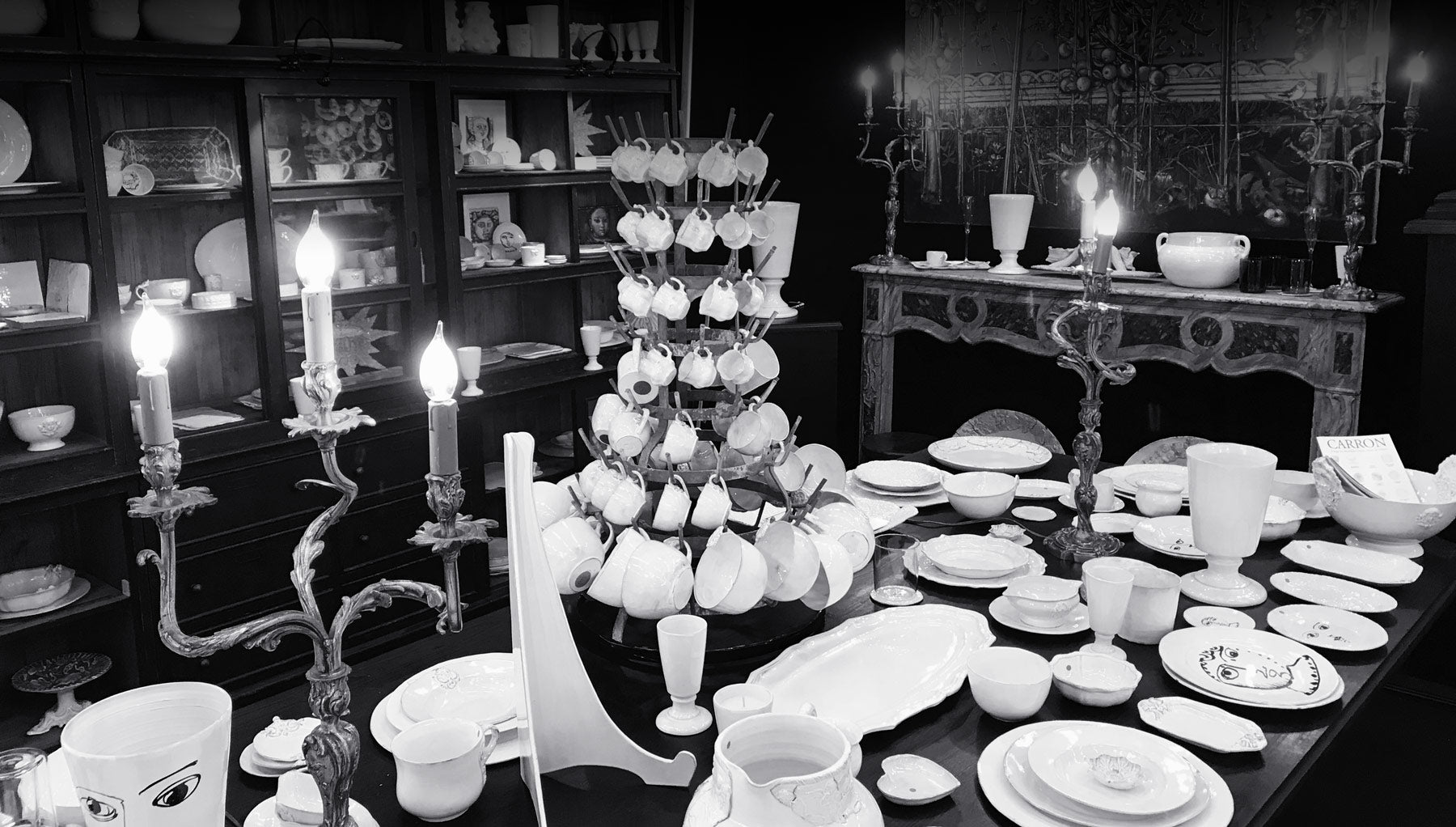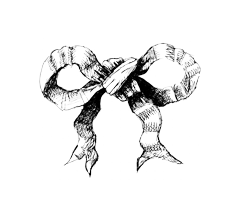Welcome to the world of ceramics, where art and function come together in beautiful pieces for your home. Many of our customers have noticed visual differences between various types of ceramics and have asked for more information. In response, we will attempt to explore the main differences between earthenware, stoneware, and porcelain, with a particular affection for the charm of earthenware and the unique craftsmanship of CARRON.

Ceramics at a Glance: Earthenware, Stoneware, and Porcelain
Ceramics were the first "Fire Art" before metallurgy and glass. Since time immemorial, humans have realized the possibilities of wet earth. They quickly noticed that clay exposed to fire became more solid and harder. From there, it was just a matter of composition and firing.
Ceramics are divided into three main categories: earthenware, stoneware, and porcelain. Each type has its own distinct characteristics, making them suitable for various uses and styles.
I - The Charm of Earthenware and CARRON's Unique Craftsmanship
Earthenware, the oldest type of pottery, is a low-fired clay-based "terra cotta," creating a slightly porous product that can be used for building (tiles, bricks, flooring, sanitary ware, decor) or tableware. To overcome its porosity, earthenware is glazed. Earthenware can be painted with multiple decorations and a wide range of colors.

Sensitive to the beauty of ancient earthenware, CARRON creates terracotta ceramics using a unique process, giving birth to fine, unique pieces that highlight the volume and design of the object as well as the artisan's craftsmanship.

II - Stoneware: Practical and Durable
Stoneware is fired at high temperatures, 1200/1300°C, creating a durable and non-porous material. Its vitrified (glass-like) nature makes it suitable for cooking and preserving liquids and food. Stoneware is often thrown on a wheel and serves as a base for various food pottery. Stoneware is characterized by its extreme hardness and excellent resistance to chemical or climatic aggressions. It is versatile and practical, its density making it heavier than earthenware but also less refined in its finish. Stoneware is often left unglazed, but can be glazed or painted in a more rustic way than earthenware or porcelain.

III - Porcelain: Delicate Elegance
Porcelain, made from a kaolin-based paste, is fired at high temperatures of around 1200°C. It is a resistant ceramic, although fine and translucent, offering refined elegance. Porcelain is often used for tableware and decorative objects such as clock cases, inkwells, table centerpieces, candlesticks, figurines, and biscuit porcelain. Porcelain is often produced using the casting technique, which allows for more industrial production, resulting in pieces that may lack individuality compared to handmade earthenware ceramics. Porcelain is often painted and decorated with intricate, colorful designs.

Conclusion
Understanding the differences between earthenware, stoneware, and porcelain allows you to appreciate the art and craftsmanship of each type, the aging and patina unique to each technique, and their use. CARRON's unique earthenware creations offer a perfect balance between subtle elegance and individuality, between references to the past and modernity, between utility and decoration, a ceramic for those seeking refinement in everyday life.








Leave a comment
All comments are moderated before being published.
This site is protected by hCaptcha and the hCaptcha Privacy Policy and Terms of Service apply.